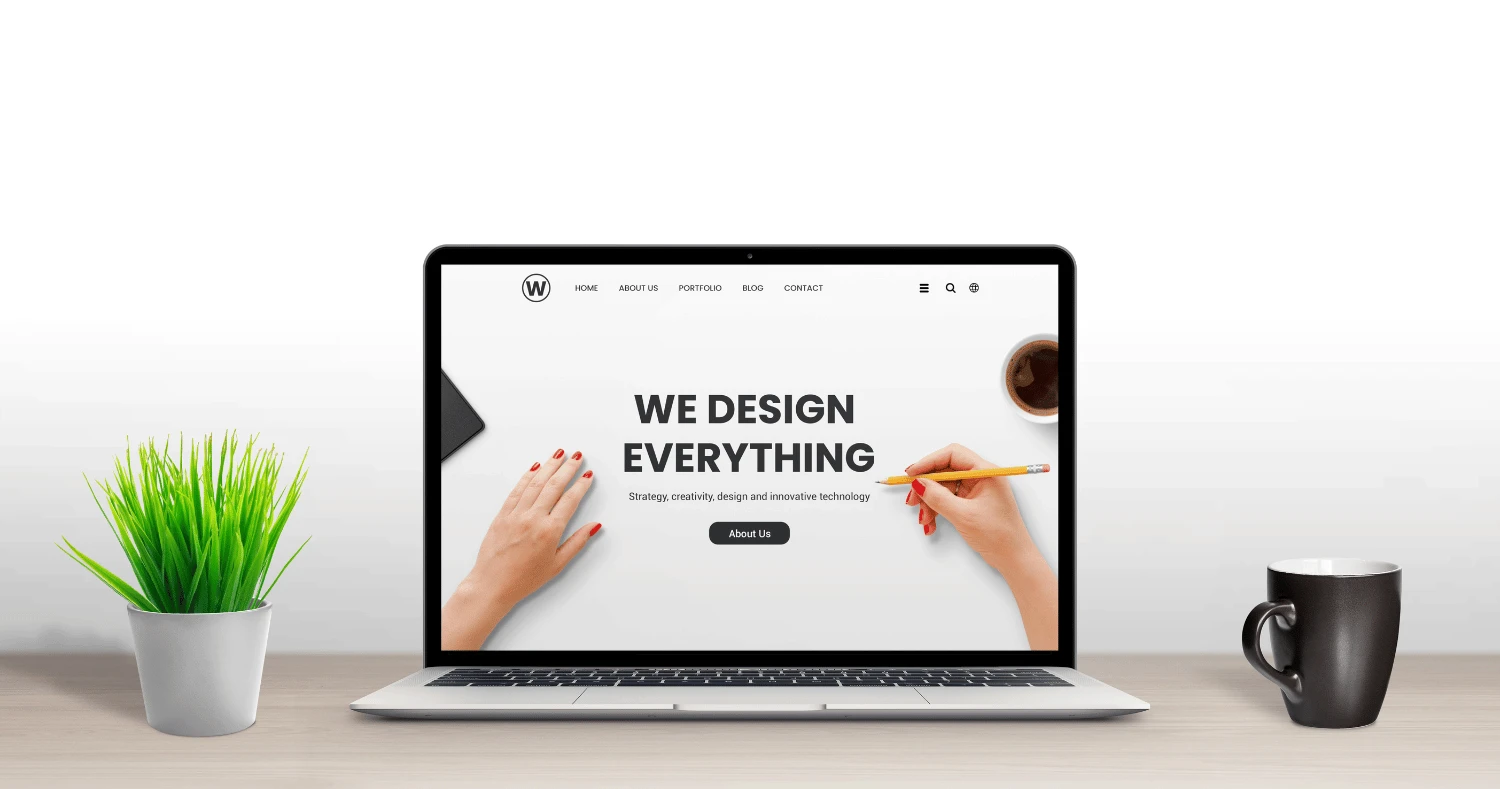Web Development Mastery: 7 Simple Steps to Launch Your Project

In today’s digital-first world, having a strong online presence isn’t a luxury it’s a necessity. Whether you’re a startup founder, a business owner, or an aspiring entrepreneur, understanding web development is the first step towards building a powerful digital footprint.
But don’t worry. Web development doesn’t have to be complicated. With the right steps, a clear plan, and the right team by your side, you can bring your website vision to life with ease.
Let’s walk through a simple 7-step guide to get your web development project off the ground.
Step 1: Define Your Website Goals
Before jumping into design or code, it’s important to answer one simple question: Why do you need a website?
Is it to:
- Promote your services
- Sell products online
- Build a portfolio
- Create a blog or a learning platform
Clear goals help you determine the type of web development approach you’ll need whether it’s a static, dynamic, e-commerce, or CMS-based website. Goals also guide the choice of technology, layout, features, and even the content.
Pro Tip: Write down your top three objectives. Keep them visible throughout the project. It keeps your direction clear.
Step 2: Research Your Audience
Your audience decides how your website should look, feel, and function. Are you targeting Gen Z techies, working professionals, students, or local businesses?
Good web development always begins with solid user research. Understand their needs, browsing behaviour, challenges, and expectations.
You can conduct surveys, check competitor websites, and collect data using tools like Google Analytics or Hotjar.
Whether you’re based in India or abroad, user experience is a universal factor. A website that connects with your audience starts with knowing who they are.
Step 3: Plan Your Website Structure
This is where your blueprint comes in. A sitemap helps you organise your website’s structure pages, sections, and user navigation.
For example, you might need:
- Home
- About Us
- Services
- Blog
- Contact
You can use tools like Figma, Draw.io, or simply a notebook to sketch basic wireframes. This step ensures that your web development process flows smoothly later.
Think of this like planning your home before building it you need a map before the bricks.
Step 4: Choose the Right Tech Stack
Your website’s performance and flexibility depend on your tech stack. Depending on your goals and budget, your choices may include:
- Frontend: HTML, CSS, JavaScript, React, Vue
- Backend: Node.js, PHP, Python, Java
- Databases: MySQL, MongoDB, Firebase
- CMS Platforms: WordPress, Shopify, Wix
If you’re unsure, a good web development partner can help you decide the best combination based on your needs.
Tip: Don’t chase trends. Choose technology that fits your business goals.
Step 5: Design with Users in Mind
Once your structure is clear, move into the design phase. Prioritise simplicity, accessibility, and responsiveness.
Here are some key design principles:
- Clean layout with enough space
- Mobile-first design
- Fast page loading
- Easy navigation
- Clear call-to-action buttons
Good design is not just about appearance. It improves usability and builds trust.
In India, with over 800 million internet users, most of whom use mobile phones, responsive design is absolutely essential.
Step 6: Develop, Test, and Optimise
This is the core development stage where your website is built.
Frontend developers create the visual parts, while backend developers manage the logic and data connections. Once the website is ready on a staging server, it must be tested thoroughly.
Check for:
- Working links and buttons
- Fast loading times
- SEO readiness
- HTTPS security
- Smooth form submissions
Use tools like:
- Google PageSpeed Insights
- GTMetrix
- SEMrush or Ahrefs
- BrowserStack
Testing can help avoid costly mistakes and ensure the best user experience.
Step 7: Launch and Maintain
Once everything is tested, it’s time to go live. Use reliable hosting providers like Hostinger, Bluehost, GoDaddy, or cloud platforms like AWS or DigitalOcean.
But launching is not the end. Maintenance is equally important.
Keep your site healthy by:
- Updating plugins and content
- Monitoring security
- Fixing broken links
- Tracking SEO performance
A website that is well maintained keeps visitors happy and search engines interested.
Why Choosing the Right Web Development Partner Matters
While this 7-step guide makes the process easier, the real magic happens when you work with a skilled web development team.
A good team brings:
- Technical knowledge
- UI/UX experience
- SEO understanding
- Performance optimisation
All these pieces come together to create a website that looks great and performs well.
Partner with Ozrit for Web Development That Works
At Ozrit, we blend creativity, technology, and business strategy to build websites that connect with users and achieve your goals.
From startups in Bengaluru to global brands, our team has helped businesses create websites that look good, load fast, and convert better.
Whether it’s a one-page site or a full e-commerce platform, we follow this exact 7-step process to ensure your project’s success.
Final Thoughts
Web development is not rocket science it’s a smart process. When broken into simple steps, it becomes easier to plan, execute, and maintain.
Whether you’re starting a blog, building a company website, or launching a new product, following these 7 steps will help you get results.
The internet is your digital real estate. Let your website be the strongest part of your brand.
Ready to bring your idea online? Reach out to Ozrit and let’s start building together.
